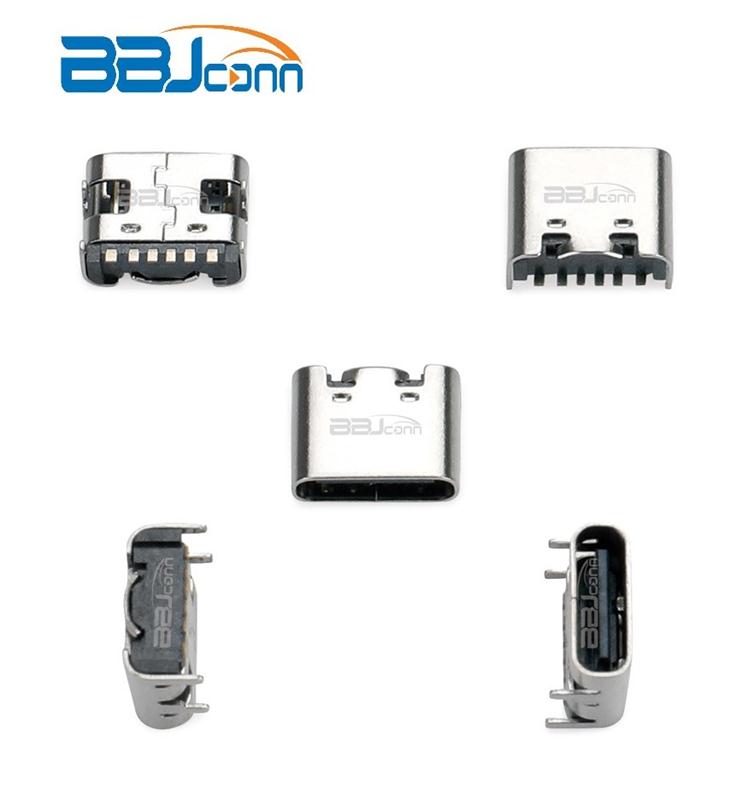Welcome to the official website of Shenzhen Bubujing Technology Co., Ltd.
-
 contact number
contact number15013815515
-
 email address
email address -
 office hours
office hoursMon-Sat: 9.00am to 18.00pm
Welcome to the official website of Shenzhen Bubujing Technology Co., Ltd.

15013815515


Mon-Sat: 9.00am to 18.00pm
Shenzhen Bubujing Technology Co., Ltd.
Mobile: 15013815515
Fixed line: 0755-82886755
Email: bbj001@szbbj.cn
Website: www.bbjconn.net
Factory address: Building 124-128, Seventh Industrial Zone, Mashan Tou Community, Matian Street, Guangming District, Shenzhen
Now,TYPE-C fast chargeMade like works of art, not only small in size, but also beautiful in appearance, they are no longer the black idiots of the feature phone era. TYPE-C fast charging can convert alternating current to direct current, which inevitably involves voltage conversion and rectification. Process. The first thing to do is to reduce the size of the transformer. The current mobile phone charger uses a high-frequency transformer, which is small in size and high in efficiency. This is the premise of the small size of the charger. In addition, a PWM control chip and synchronous rectification are also required. Chip and fast charging protocol chip. Therefore, a complete mobile phone charger supporting fast charging includes the following parts: rectifier (implementation of rectifier bridge), high frequency transformer, synchronous rectifier chip, PWM controller, fast charging protocol (USB-PD, QC ,PPS, etc.). Charging protocol chip and TYPE-C fast charging.

When the battery life of the phone is not long, increasing the charging speed is a good solution. As we have learned physics, we all know that the key to increasing the charging speed is to increase the charging power. Power (W)=current X voltage, The charger first steps down the mains 220V to 5V, and then outputs it to the MicroUSB interface of the mobile phone, and then the internal circuit of the mobile phone steps down to about 4.3V to charge the battery. There are 2 decompression processes.
Before the output voltage of the charger was 5V, everyone was thinking about how to increase the current. But when it reached 5V2A, a bottleneck appeared: a further increase in the current would inevitably cause a large number of MicroUSB interfaces and data lines to fail. Currently, general-purpose The MicroUSB interface and our USB data cable can only guarantee safe and effective transmission under 2A current. If the current exceeds 2A, the hardware will not be able to bear it. What should I do? Type-c.TYPE-C fast charging appeared at this time. The number of contacts is several times that of the MicroUSB interface, which greatly increases the current strength it can withstand. At the same time, Type-c adds the step of mutual recognition, which can define itself as a charger or an active device. In other words , TYPE-C fast charging naturally supports fast charging, and at the same current, the loss of TYPE-C fast charging will be smaller, and can support two-way charging. Although Type-c naturally supports fast charging, this does not mean that the use of Type-c. It must support fast charging, and fast charging chargers do not necessarily use the Type-c interface. Due to cost and thermal considerations, some manufacturers only use Type-C fast charging, but do not support fast charging. Since 2018, the fast charging of mobile phones has gradually increased from 18W to 40W or even higher 65W. This year, the mobile phone industry is expected to enter the era of 100W fast charging.
Mr. Lee
15013815515
No. 7 Industrial Zone, Mashantou Community, Matian Street, Guangming District, Shenzhen
(Building 124.125.128, No. 1 Industrial Park, Mashantou, Guangming Jianfa)
bbj001@szbbj.cn
